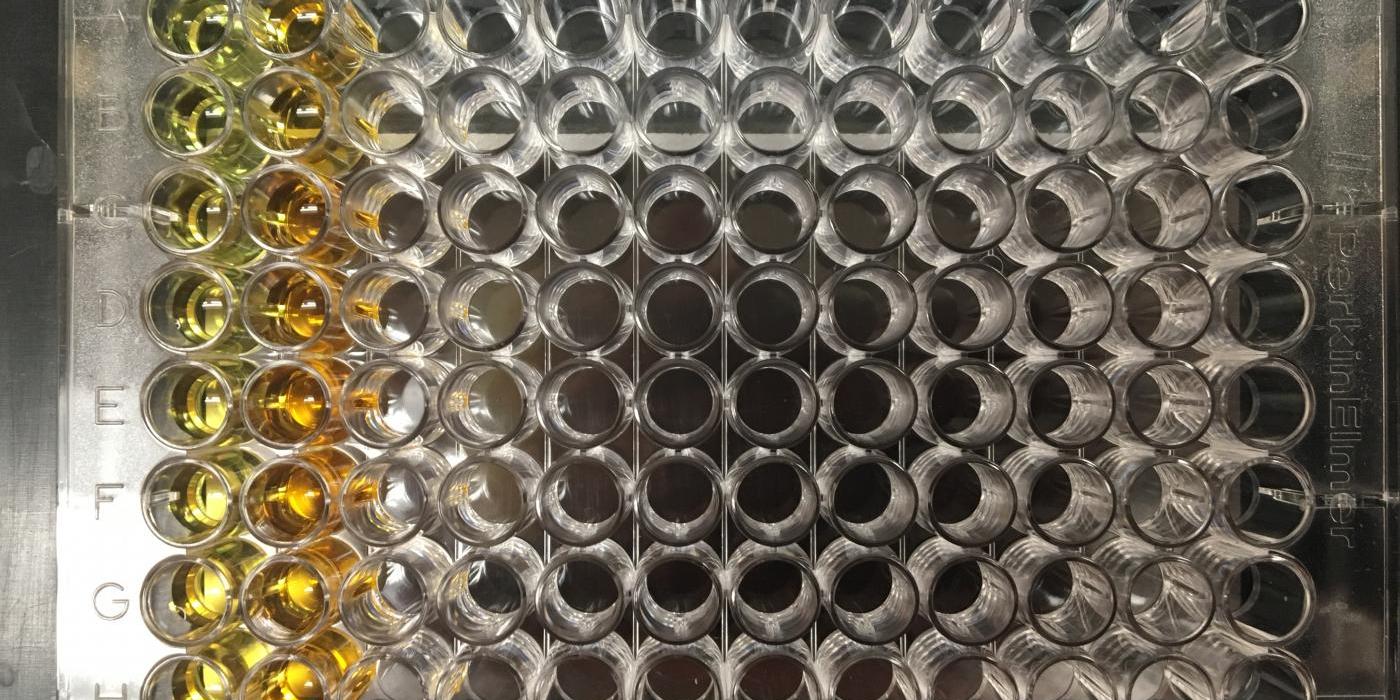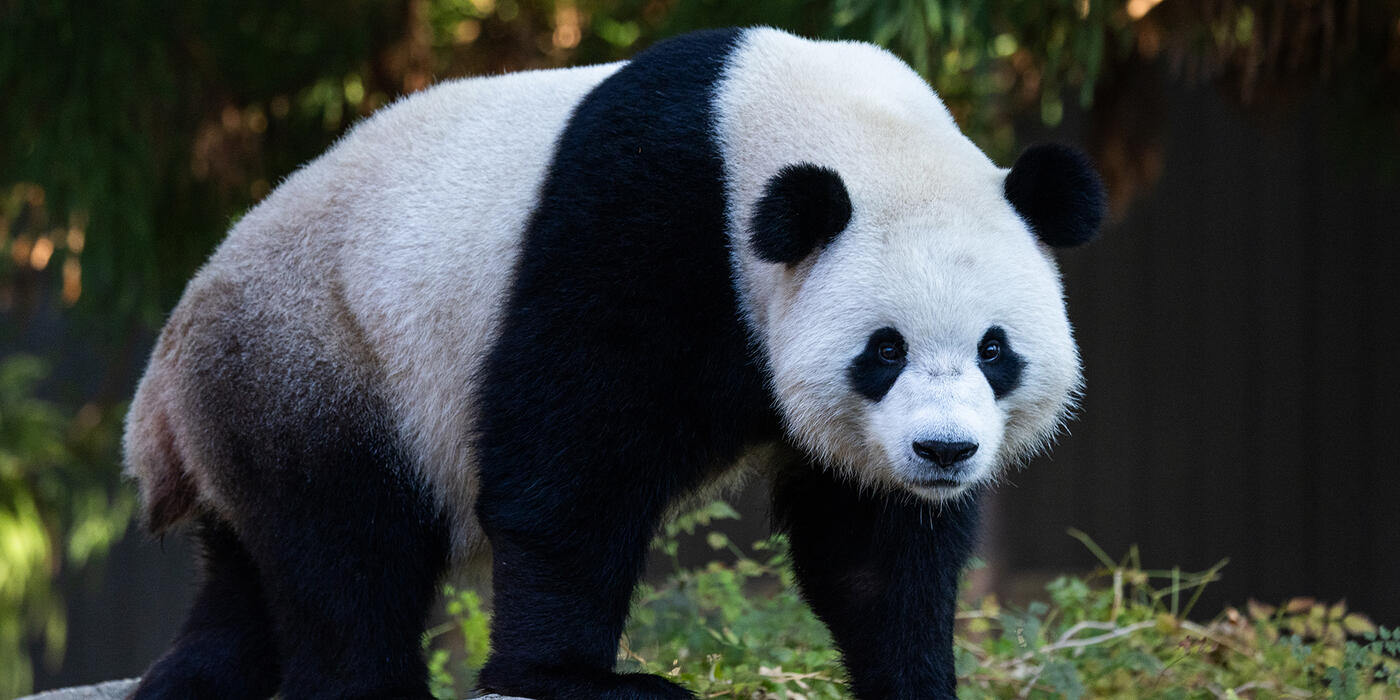Behind the Scenes of Giant Panda Breeding Season
The beginning of March was a whirlwind at the Giant Panda Habitat. Mei Xiang finally went into peak estrus March 1 after the panda team had been monitoring her and Tian Tian 24-hours-a-day for nearly a week. There is always a lot of activity around the panda house when Mei Xiang is approaching peak estrus.
As soon as keepers noticed behavioral changes in Mei Xiang and Tian Tian, they alerted the reproductive biologists and endocrinologists at the Smithsonian Conservation Biology Institute. Because female giant pandas only ovulate for 24 to 72 hours each year, vigilant monitoring is key to determining when they reach peak estrus. As Mei Xiang’s levels of urinary estrogen increased, Smithsonian Conservation Biology Institute endocrinologists started running hormone assays more frequently until they eventually set up a mobile laboratory at the Zoo’s veterinary hospital where they stayed 24-hours-a-day to run samples of urine as soon as keepers collected them.
These hormone assays are used to monitor levels of progestagens and estrogens in Mei Xiang’s urine, which tell scientists and keepers when she is most fertile. The process involves a number of steps including urine collection, urine dilution, assay incubation and the addition of different chemicals that react to produce a color change. The color change indicates the amount of a hormone present in a given sample. This process usually takes around 90 minutes to complete and is repeated every time keepers can collect a urine sample from Mei Xiang; thus, no one sleeps until after she reaches peak estrus. Scientists watch for an increase in progestagens and a decrease is estrogens, which indicates that she is ovulating.
While scientists are monitoring hormones, the keepers track Mei Xiang and Tian Tian’s behavior. Behavior is another important indicator of peak estrus. The keepers monitor them closely for changes in vocalizations, activity levels and scent marking. Scent marks communicate a lot of important information to pandas, including breeding status. Tian Tian and Mei Xiang were given many opportunities to investigate each other’s yard and the scent marks each made. A few days before she reached peak estrus, the panda cams caught Tian Tian scent-anointing himself with the mark Mei Xiang had made on a log in her yard. He was so enthusiastic about the scent mark, he ended up shredding the log in his attempts to get as much of Mei Xiang’s scent as possible on his head and around his ears.
When Mei Xiang entered peak estrus, the brief window when she was ovulating, reproductive biologist Pierre Comizzoli performed an artificial insemination. All three of Mei Xiang and Tian Tian’s cubs have been born as the result of artificial insemination. He used fresh semen and frozen semen from Tian Tian for the procedure. The frozen samples were collected in 2016. The cryobank currently contains approximately 20 different panda semen samples, each containing multiple semen straws, from three different adult male giant pandas. The ideal insemination dose is 800 million motile sperm.
Now that the breeding season has come and gone, things are starting to return to normal at the panda habitat. Mei Xiang still occasionally comes to the howdy window to see Tian Tian, but she quickly loses interest and continues her normal routine. Tian Tian will continue to be in rut for another few weeks or months. He may still spend time at the howdy windows watching Mei Xiang. And when he is not focused on Mei Xiang he has been feeling particularly playful. Keepers have observed him climbing trees and playing in the water.
The panda team will not know if the artificial insemination was successful for several months. Mei Xiang’s hormones and behavior will mimic a pregnancy even if she is experiencing a pseudopregnancy. Giant panda pregnancies and pseudopregnancies can last anywhere from 90 to 180 days. In early summer, scientists will resume monitoring her hormones and veterinarians will begin doing regular ultrasounds on Mei Xiang again to view changes in her reproductive track.
Related Species:






